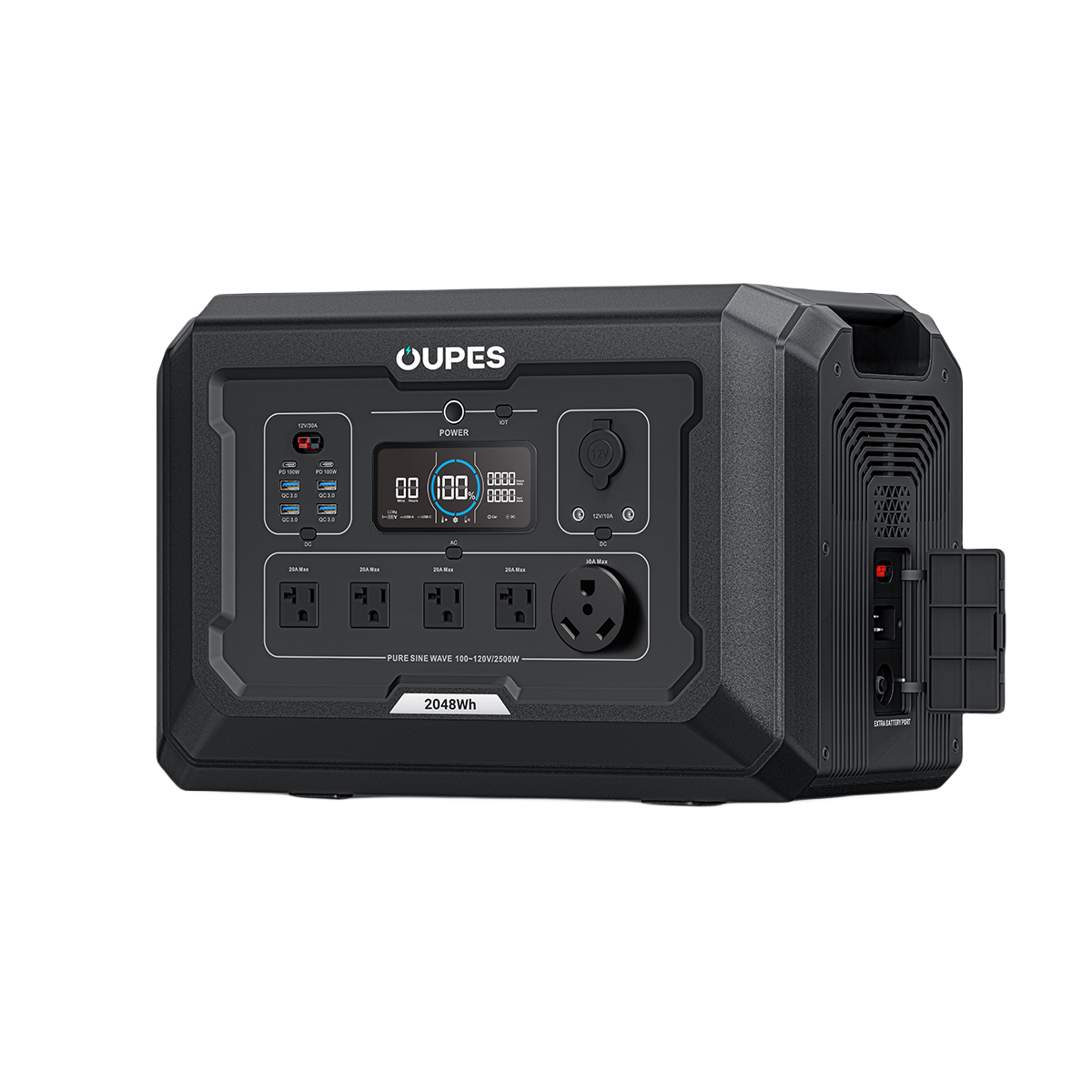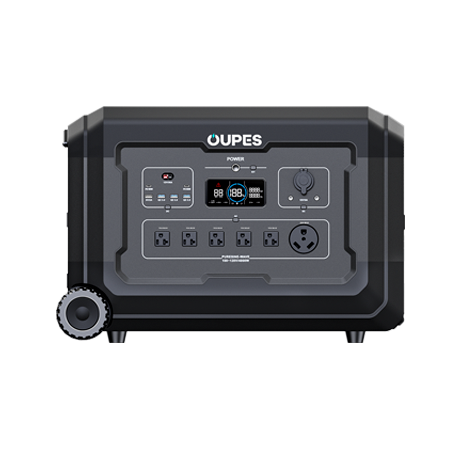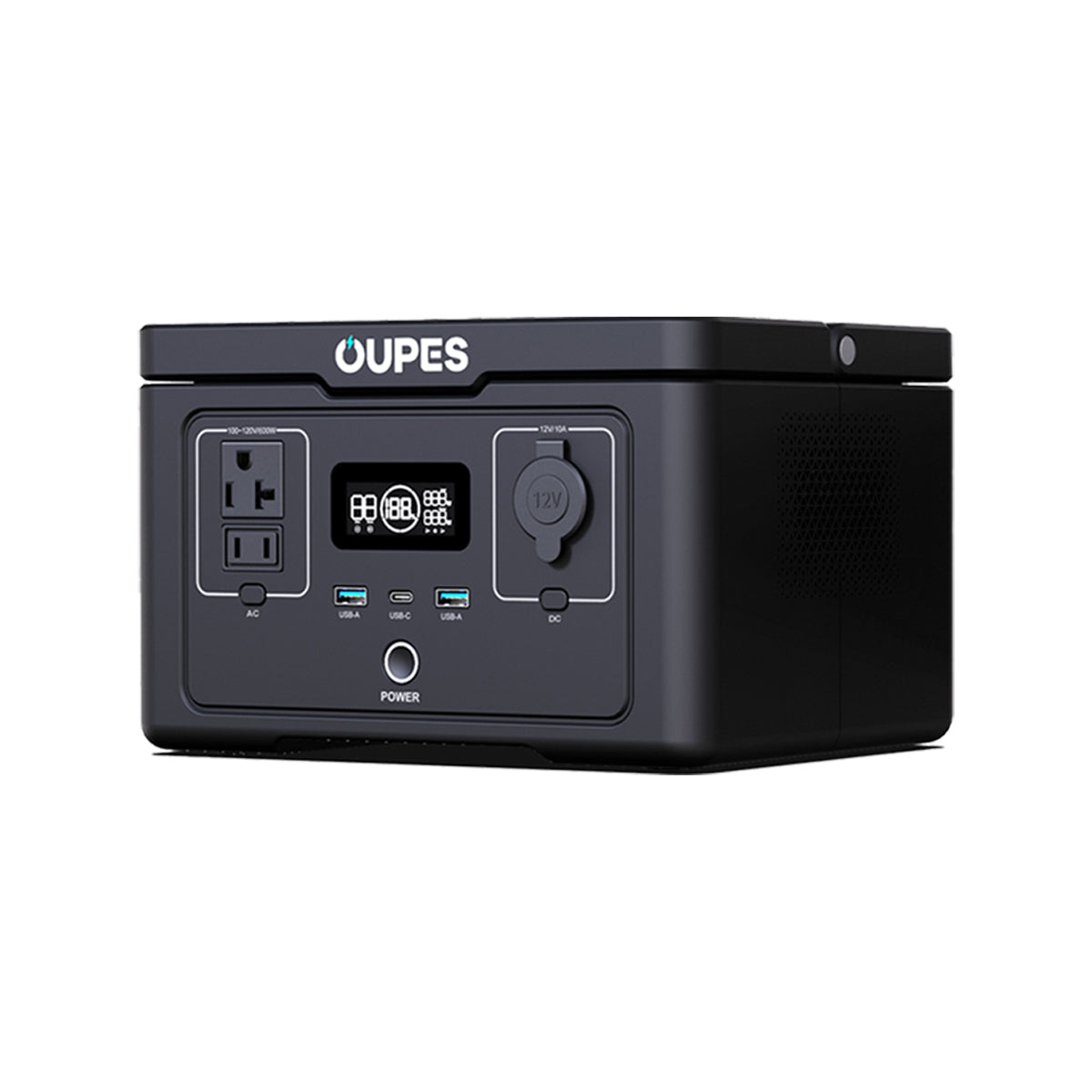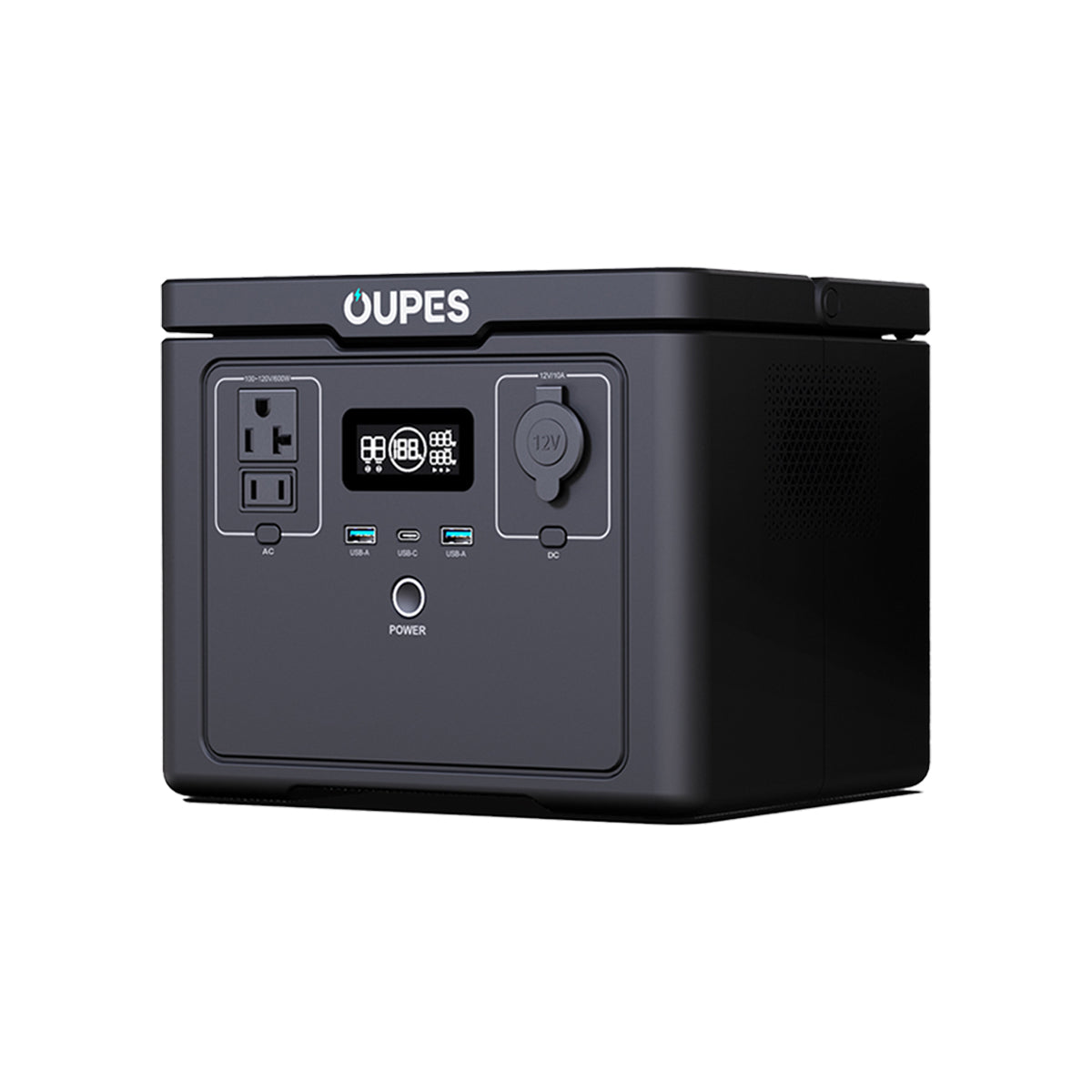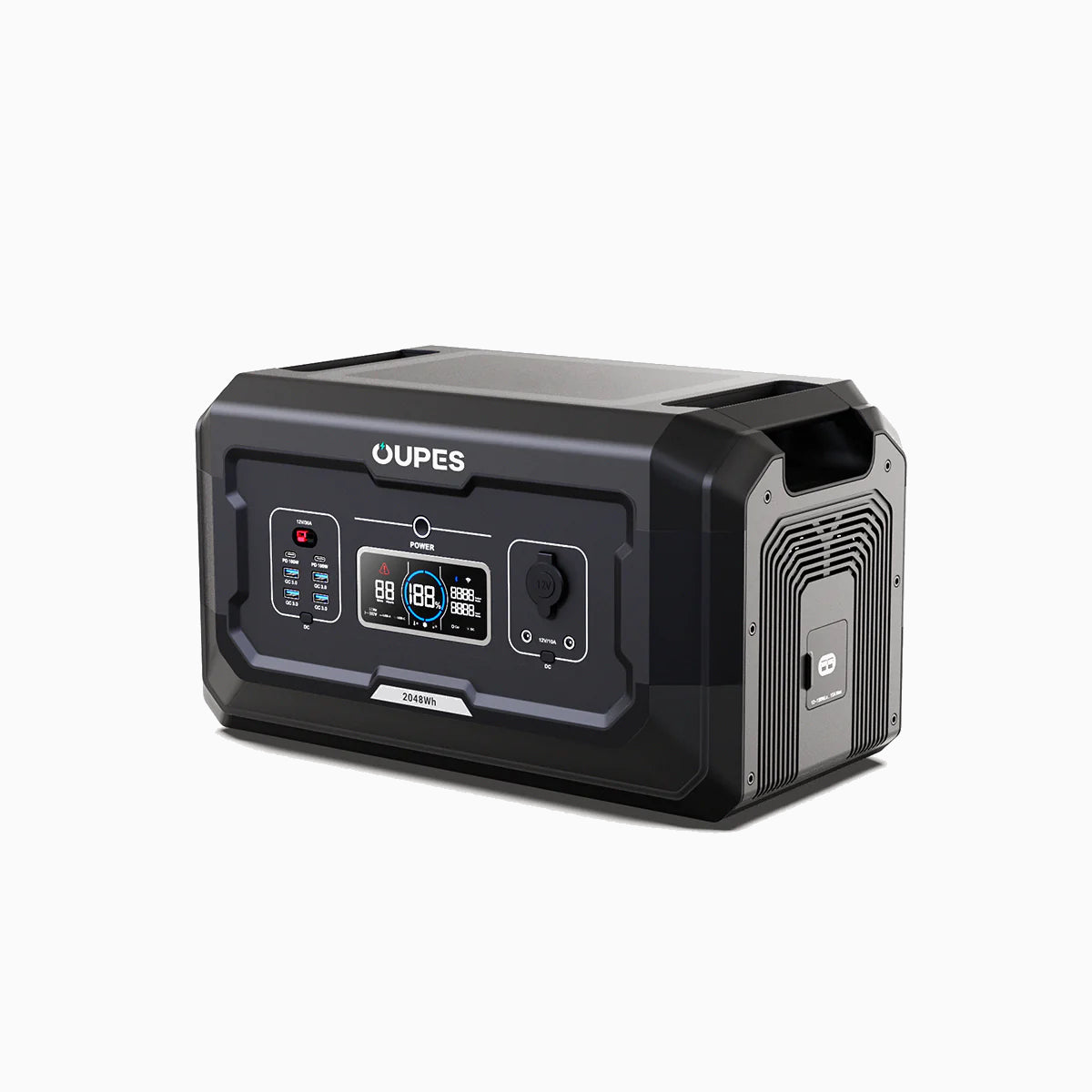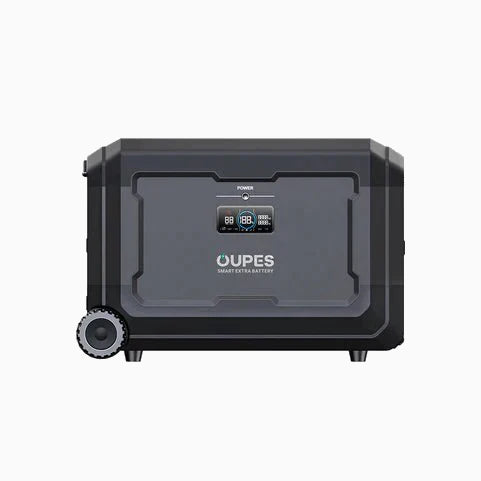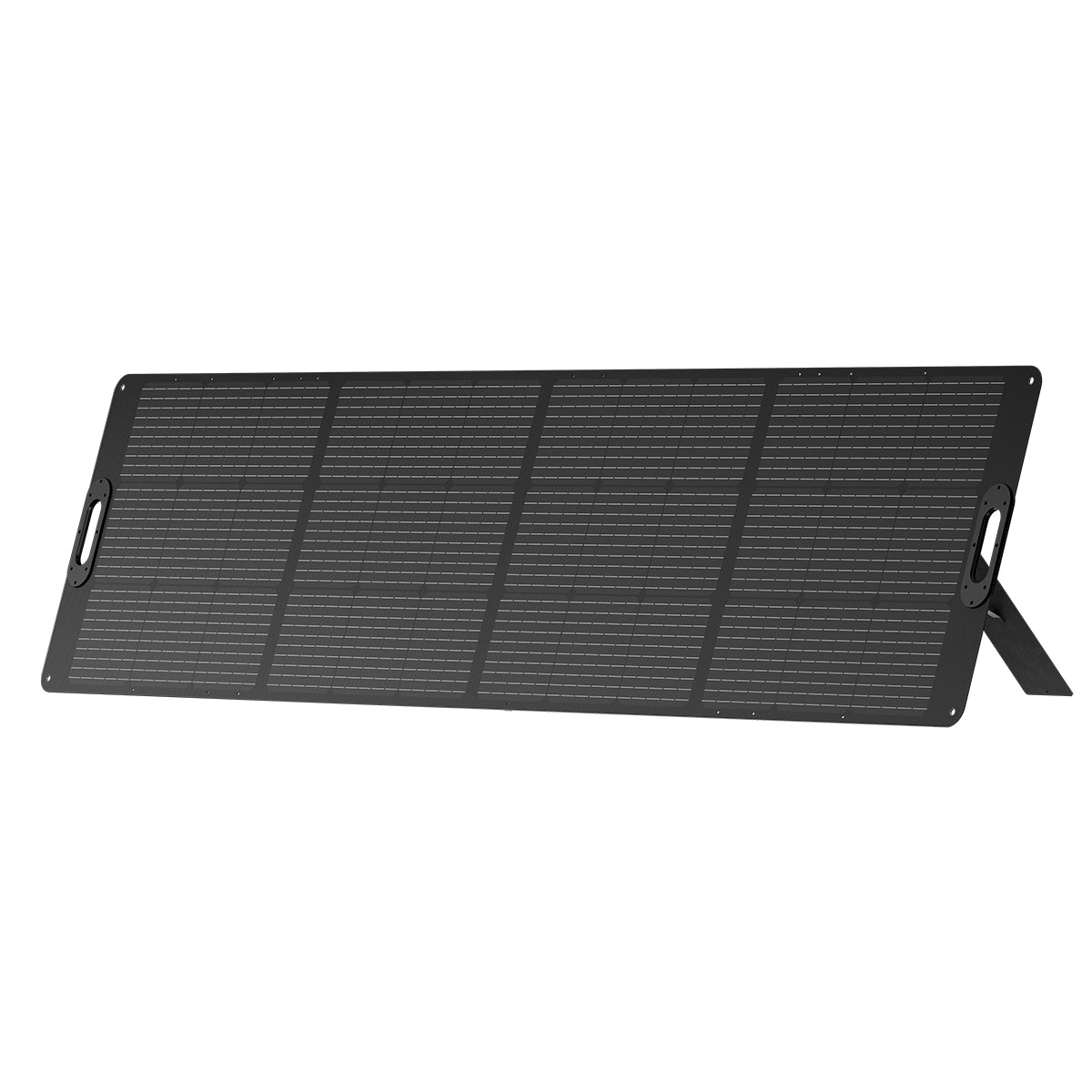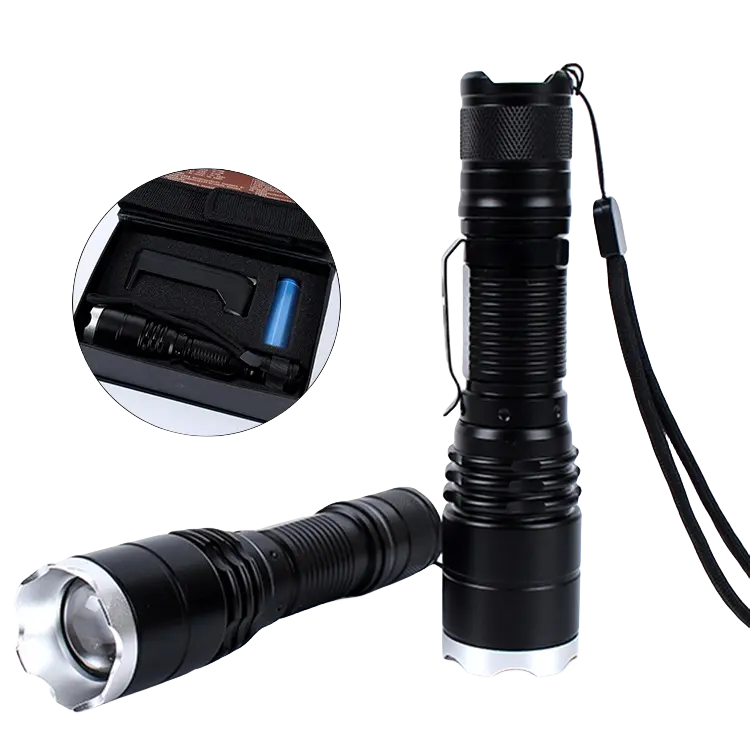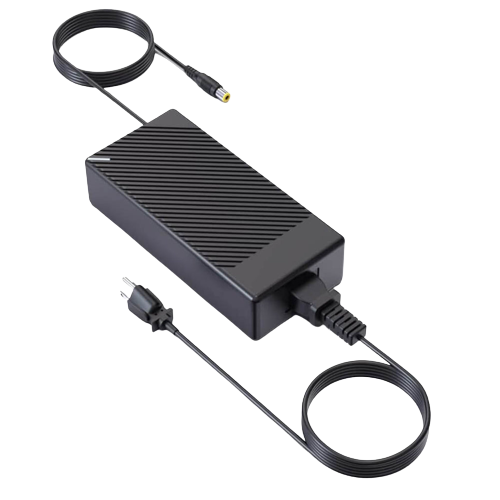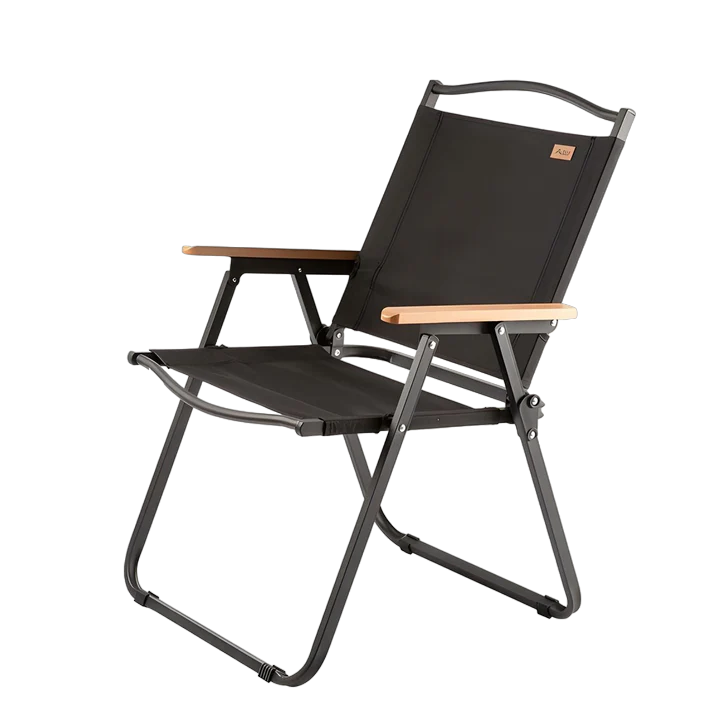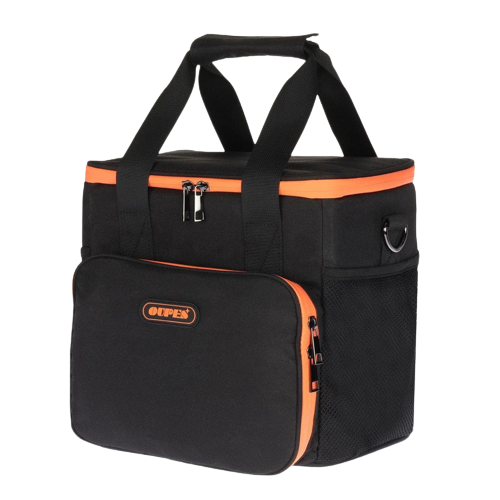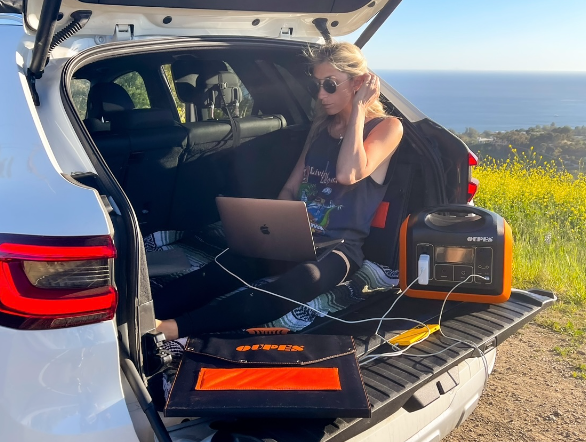How to Connect a Generator to Your House Without a Transfer Switch
What do you do when you keep losing power frequently at home? And your generator has no transfer switch? How do you connect the generator to the home electrical system? Is there an alternative?
You bet there is. Sit back as you learn to connect a generator to your house without a transfer switch in this guide.
Can you connect your generator to your house without a transfer switch?

Yes, you can. I have connected a generator without the switch to the house before, and it works.
It's pretty easy to do – use an Outlet Utility Box to connect the generator to the house. Though a bit risky and messy.
However, certified generator technicians recommend using a transfer switch to connect your system. This is because a connection without the transfer switch has some risks if you do it wrongly.
When it comes to having a power supply in your home, different options exist, including portable power stations, and here's how they work.
Furthermore, portable solar panels and generators are becoming popular among homeowners due to their convenience.
Discover the OUPES Portable Power Stations
OUPES is dedicated to powering a sustainable world with portable power stations and solar generators. We produce the most reliable, efficient, and durable solar power solutions, and the quality of our products speaks volumes. Check out some portable power stations you can use to power appliances below:
OUPES 600W
Perfect for people who are always on the road, the OUPES 600W portable power station can power up to 8 different appliances on the go. It is lightweight, easy to carry, and serves as your off-grid home power supply anytime.
OUPES 1200W
Meet all your power needs with the OUPES 1200W portable power station. Whether for outdoor or home use, you don't have to worry about power outages because OUPES always delivers. You can plug in up to 10 devices simultaneously, meaning more value for your money.
OUPES 1800W
All OUPES offers you is long-lasting power for your everyday use. The OUPES 1800W portable power station is the perfect size you need, and you can power high-end appliances immediately after an outage.
OUPES 2400W
Enjoy an uninterrupted power supply with the home OUPES 2400W portable power station. With the LiFePO4 battery plus the advanced battery management system, you will surely use it for a long time. It produces low noise, is safe, and will help you run your appliances in your home if you ever lose electricity.
Connecting a generator without a transfer switch: Safety first

While the aim is to connect your generator to your house, it's essential to consider safety first, take note of the following:
- Meticulously ensure grounding during electrical installations.
- Sidestep inadvertent energy backflows into the communal power grid.
- Minimize the load exerted on the generator.
- Disconnect appliances from the generator before establishing a connection.
- Refrain from employing extension cords.
- Install Ground Fault Circuit Interrupter (GFCI) outlets in external areas to safeguard against electrical shocks.
Tools for connection
It would help if you had the following for a seamless connection:
Generator
Before acquiring your chosen dynamo, deliberate on its electrical burden, the dynamo's voltage and frequency should harmonize with your domicile's electrical framework.
A strong power bar or cord
Opt for a conduction strip or flex congruent with the dynamo's output capacity. The flex should possess ample length to traverse the distance from the dynamo to your abode easily.
Power outlets
Procure a sufficient number of electricity sockets to cater to your needs. In scenarios where domestic devices proliferate, augment the quantity of sockets. Moreover, adhere to local ordinances by employing grounded sockets.
Surge protector
This apparatus is crucial when connecting to your residence sans a control switch. The voltage fluctuation shield safeguards your home's wiring system against potential damage during voltage variations.
Safety gear
In matters of electricity, prudence is paramount. Protect yourself from potential perils by wearing protective attire such as insulating gloves, non-conductive garments, and ocular safeguards. Employ solely insulated implements in your endeavors.
Step-by-step guide on how to connect a generator to your house without a transfer switch
First, ensure that you turn off all the circuit breakers, branch breakers, and power source.
Double-check to ensure that everything is off before connecting. Now, if you have done that, follow these steps.
Step 1:Install an outlet utility box.
Install the outlet on the wall. Ensure your box is durable and waterproof because you will position it outside the fence.
Step 2: Create an opening to run the generator cables
Make a hole opening on the wall – to pass the generator cables. Push the cables into the opening as you take it into the house. Close any space around the hole, and ensure it is waterproof.
Step 3: Go ahead to connect the generator
Connect to the power source in your home. Once that is done, you can test and start using it by putting on the generator and connecting it to power your home appliances.
Hire an expert technician to help.
The steps here will help you if you want to connect a generator to your house without a transfer switch yourself.
However, you can also consider hiring a certified generator operator to do it for you. That said, the best bet for you is to contact a professional for all your needs concerning generators and connections.
Pros and Cons of not using a transfer switch to connect your house and generator

Note the pros and cons if you choose to proceed with the connection without a transfer.
Pros
- Installation is easy. It doesn't require much to set up.
- Quite Affordable. It's less expensive to get compared to when you use a transfer switch.
Cons
- Appliances can be damaged due to sudden changes in power.
- Safety concerns.
Generator Connection: With Transfer Switch VS. Without Transfer Switch
|
Method |
With Transfer Switch |
Without Transfer Switch |
|
Ease of Use |
Using a transfer switch is more straightforward to operate. The interface is simple and allows seamless power transfer. |
It requires you to do everything manually, from plugging, unplugging, and managing the power to ensure distribution. |
|
Safety |
Ensure that you won't have unnecessary backfeeds. It is very safe to use without risk of hazard. |
Poses security risks. Backfeeding can occur, which is unsuitable for the appliances and the utility workers. |
|
Power Transfer |
Power transfer here is automatic as there is a smooth transfer of power from the switch into the house from the generator. |
It requires that you manually connect and monitor if the power comes on or not, which can be more time-consuming. |
|
Cost |
It is more expensive because you must purchase the switch and the installation cost. |
It costs less to install except if you need additional manual transfer equipment. |
|
Convenience |
More convenient because all you need to do is switch it on during a power outage. |
You will need to connect to the generator manually anytime there is an outage, making it less convenient. |
Wrap Up

Irrespective of a switch's presence, the luxury of electrical energy in your abode remains unhampered. A solitary Outlet Box is all that's required to establish a connection. Vigilance in adhering to safety protocols is paramount when forging a link sans a transfer switch.
Have your interests been piqued by the notion of mobile energy hubs? Delve into our OUPES Mega series, featuring the avant-garde OUPES 2400W mobile power station and the OUPES 1800W mobile power station.
To acquire these power stations/generators and solar generators, contact us at OUPES.

